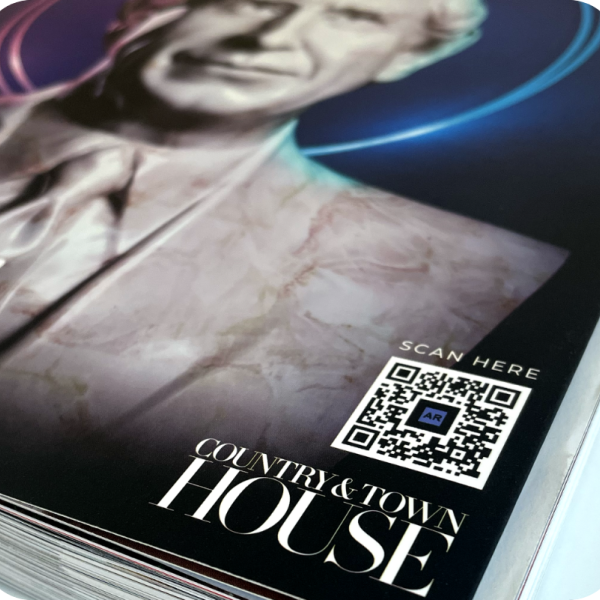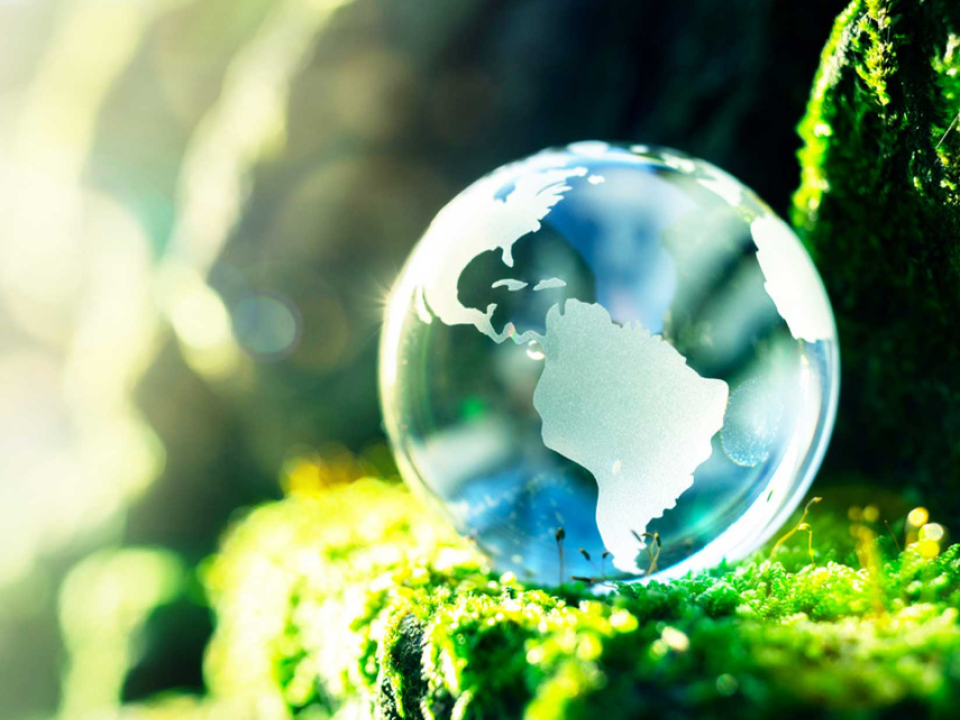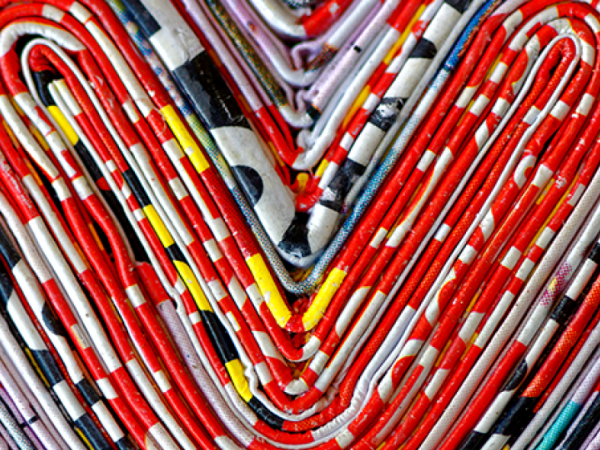What are the key marketing trends for the rest of 2023?

As 2023 pulls more fully into focus, it’s shaping up to be (another) year of economic challenges. The post-pandemic economy still hasn’t settled, while inflation has seen consumers tighten their spending. And there’s no consensus among marketers on how to react: research by the World Federation of Advertisers, which surveyed the world’s biggest advertisers, found 29% planning to decrease ad spend and 40% looking to maintain current budgets.
The results point to uncertainty about the best way to tackle an unpredictable year (cut costs, or spend more to go for market share?). One thing's for sure – those marketing euros, dollars and pounds will have to work harder than ever.
Here are 6 key marketing trends to help guide you through the rest of 2023.
1. Retail media is a growth area
Retail media, where large shopping sites (such as Tesco in the UK, Carrefour in France and Douglas in Germany) sell ads on their websites, isn’t new but it is booming. A forecast by global media agency Group M calculated that the worldwide retail media market was worth $110.7bn in 2022, and will increase 60% by 2027. Expansion should be strong in 2023, with retail media in Germany, for example, predicted to grow by 13%. Advertisers love this channel because it is close to the point of sale and offers access to first-party data, something crucial with the demise of third-party cookies.

2. Sustainability remains important
Despite tight budgets sustainability practices remain key for businesses wanting to remain relevant and grow business. Marketers have taken note: Deloitte’s 2023 Global Marketing Trends found that 51% of brands are focusing on improving internal sustainability in an effort to build trust with consumers. Meanwhile, the marketing industry is looking at itself, with initiatives such as Ad Net Zero, whereby agencies commit to zero carbon production. Carbon emission calculators are also being more widely used, whereby the carbon footprint of campaigns and ad production can be measured and assessed.
3. Marketers (re)embrace print
Research by RRD released in January shows that print is back in favour with savvy marketers – with some 71% actually reallocating spending to print channels such as direct mail and brochures because of “turmoil” on social and digital platforms during 2022. And this looks like a durable trend: over the past two years, 48% of respondents have increased their use of print materials. Notably, partnering print with digital has proved to be a winning strategy, with 58% of marketers saying it keeps customers engaged across platforms and helps drive conversions.
4. Consumers are hankering for value
Against a background of inflation, price is increasingly important to consumers. According to a McKinsey survey from November of last year, 79% of French consumers changed their shopping behaviour in 2022 to find lower-priced goods. While price sensitivity is important, that doesn’t mean businesses have to simply slash what they charge. For example, since November UK retailer Tesco has rebranded its ‘reduced to clear’ section to make it easier to find and more appealing to consumers. In this way it meets a customer need (cheaper goods) by highlighting an already existing practice.
5. Generative AI is making itself felt
Artificial Intelligence (AI) tools that produce articles and generate pictures began to capture headlines in 2022. While AI-generated images can be quickly and cheaply produced for advertising campaigns, Google actually ranks against AI-created written content and the most significant impacts may be coming elsewhere. In customer care chatbots can convincingly talk to customers, while more efficient, targeted and personalised marketing strategies can be built on the back of AI-analysed data. All in all, AI is only going to become more influential, with the industry estimated to grow from being worth $86bn in 2022 to $407bn by 2027.
6. Consumers lean into AR
Augmented reality (AR) offers consumers a more immersive product experience by allowing them to interact with products on their mobile devices. It’s a tech that is becoming more sophisticated at the same time as brands are becoming more comfortable using it. For example, Snapchat’s AR app, which lets shoppers ‘try on’ clothes and cosmetics virtually, has been a notable hit – fashion giant Dior saw a 6.2x return on ad spend when using the tech to allow customers to virtually try on its shoes. No surprise when apparently more than 200m people utilise AR on Snapchat every day.


